This is the grove snail (Cepaea nemoralis) which is one of the most common types of European snails.
I think this furry fellow is a Fox Moth Caterpillar (Macrothylacia rubi), also a very common european moth.
This is likely to be a Viviparous lizard, a very common lizard in Europe. Viviparous means it gives birth to its young live, instead of laying eggs.
This is a Fuchsia plant, a very distinctive and hardy plant which can be seen all over Inis Mor's sheltered areas. This was not apparently native to Ireland or the Aran Islands but is an import from Central or South America where it originates from.
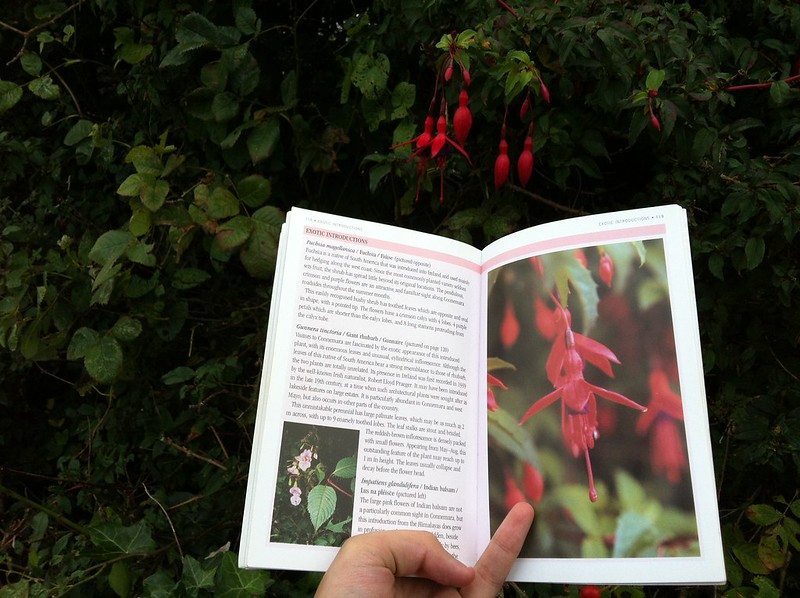
Ahem. And this is how I found out its name...
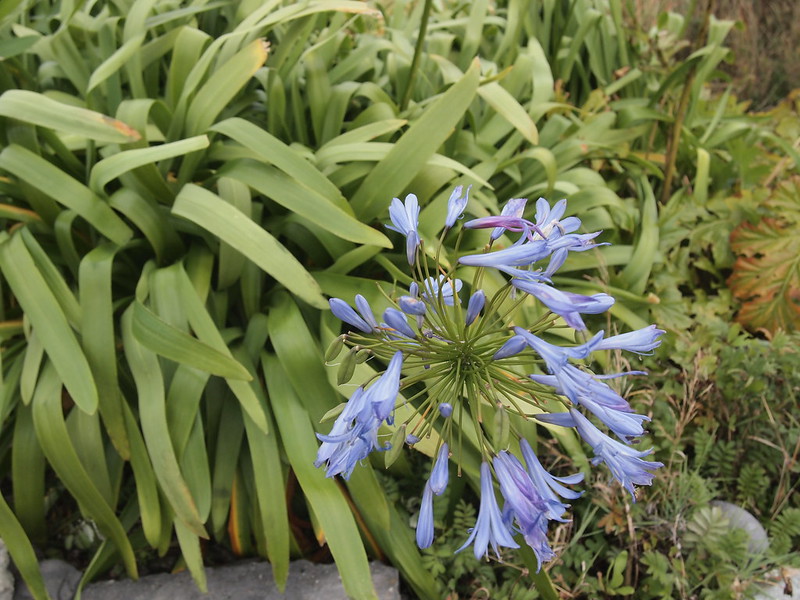
This seems to be a type of Bluebell. I'm not too sure if its the main type or a hybrid bluebell as it seems very pale and seemingly less "formed" than the curly shape of what one would expect of a bluebell. I'm not sure. Any ideas?
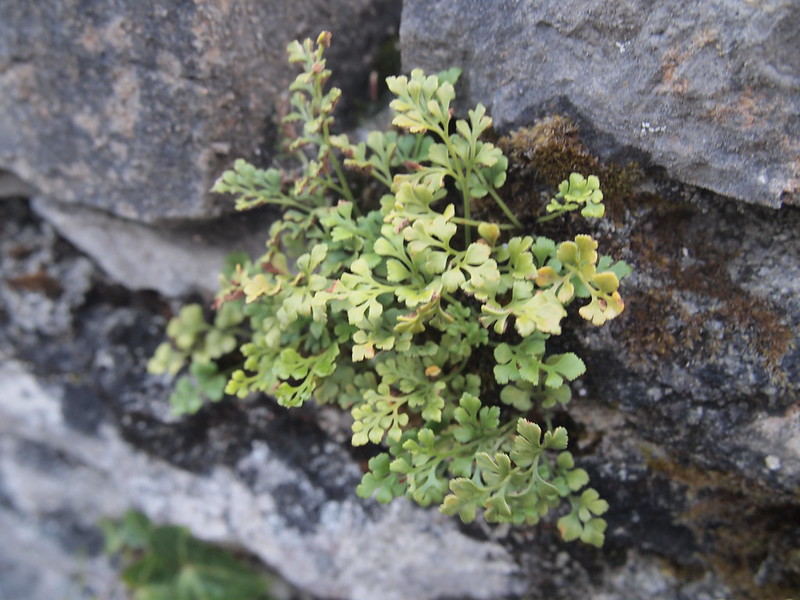
This is a small fern known as a Wall-rue, which mainly grows on limestone and other calcareous rocks. There's even a term for these sort of plants - "epipetric" - which means they grow on top of rocks.
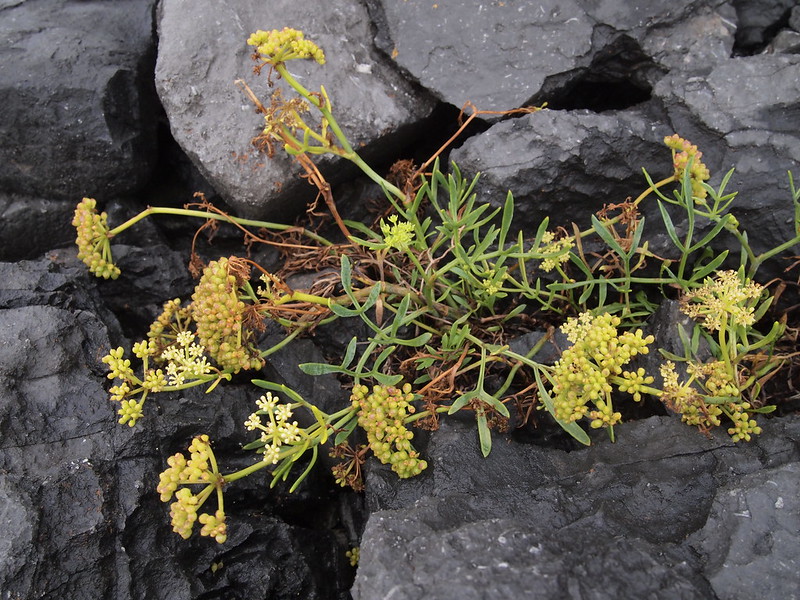
This is Rock Samphire (Crithmum maritimum) which is apparently edible and is said to have a "pleasant, hot and spicy taste". Sadly we didn't eat any. We did eat some raspberries on a bush but even that seemed risky because we were suspicious about doing it all wrong. Yes I suppose us paranoid city folk have a long way to go to becoming wild foragers living on nature's bounty...
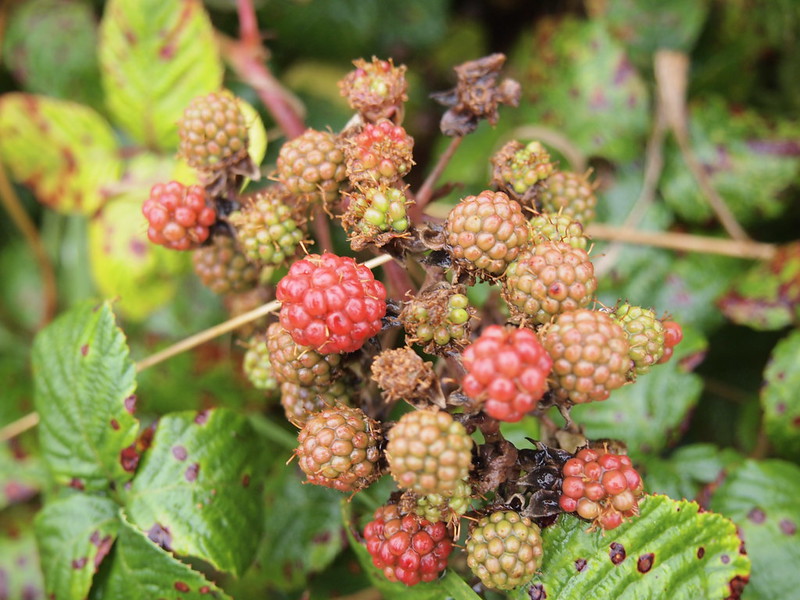
Not the sweetest of black raspberries but... still a raspberry. Also in case you are wondering what is the difference between a blackberry and black raspberry, I think its that black raspberries have smaller cells and are a bit more furry like in the picture above.
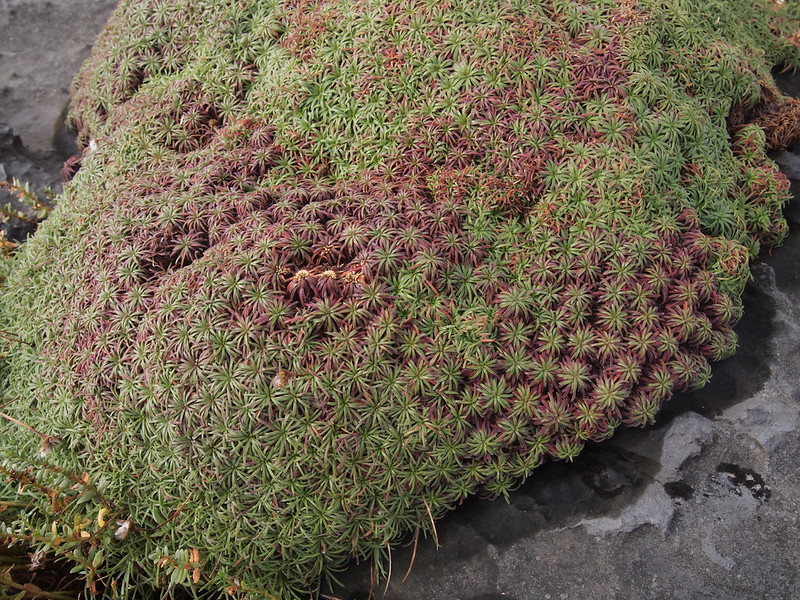
I wish I could say I could identify this one but I actually don't know. It looked soft and inviting but when I tried to kick it with my foot, it was literally like a rock. You could jump on it and it would be unharmed although it looked like a pillow of green bursting out from between the rocks. It could not even be prised out from the rock with my fingers. It was like stone. This was a strange one... and mainly observed growing on the most extreme parts of the cliff...
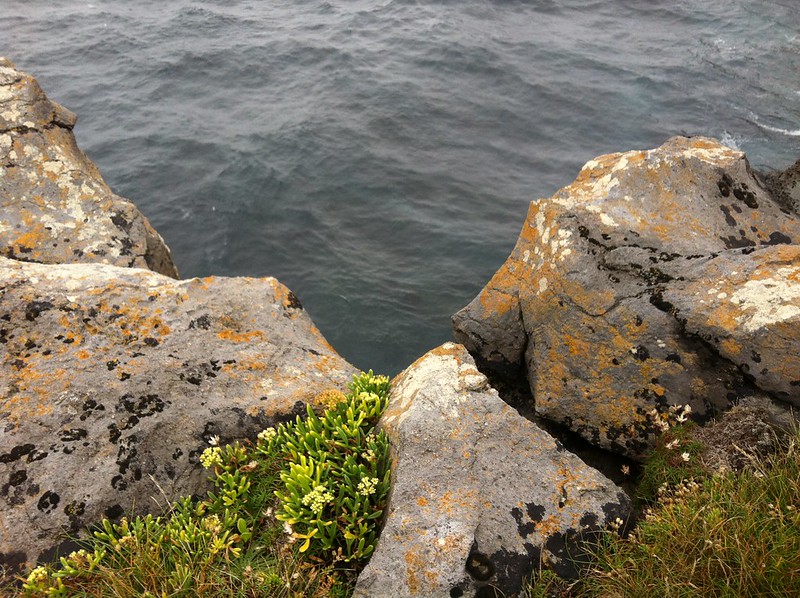
EXTREME CLIFF LIFE!
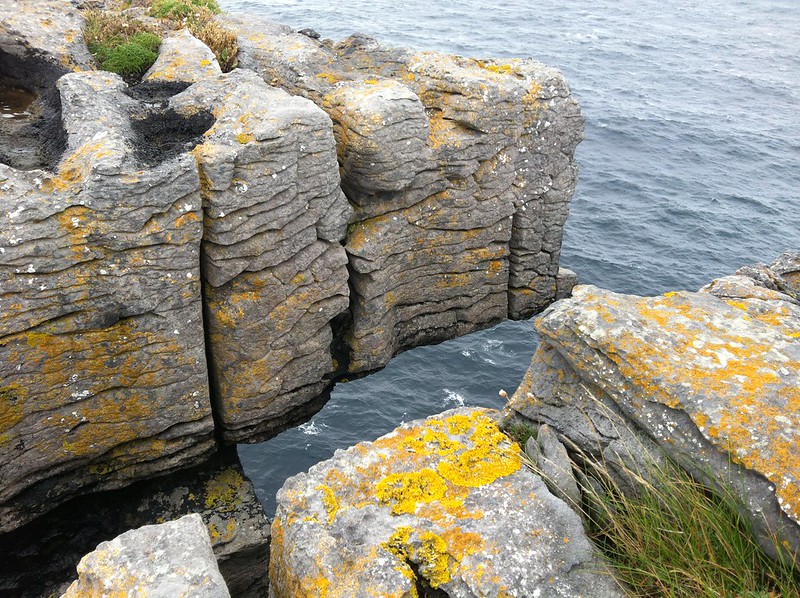
MORE OF THE EXTREME CLIFF LIFE!
Well that's it for a short digression into the Flora and Fauna of Inis Mor. There were a lot more such as cows and a whole host of mysteriously similar red berries but finding out their names is quite hard so we'll go a few at a time. So next time: more on the flora and fauna of... Urban London?....
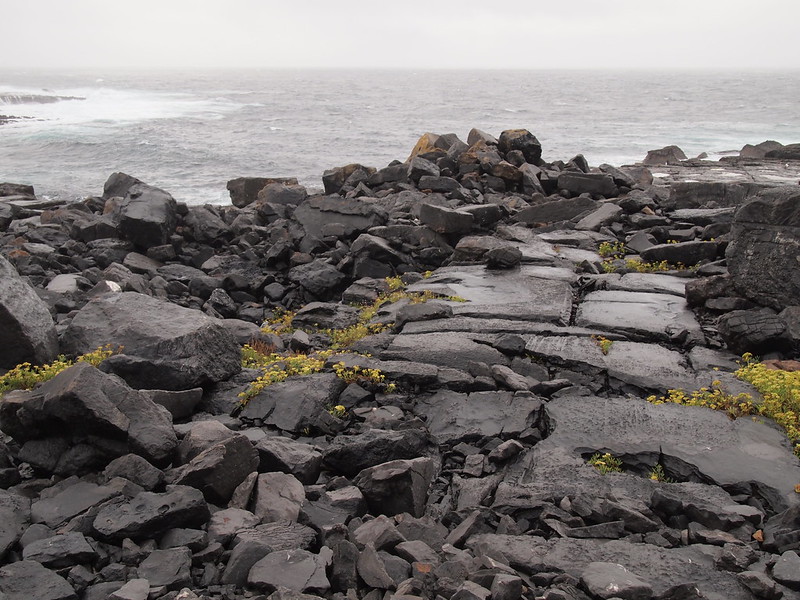
EXTREME ROCK LIFE!
No comments:
Post a Comment